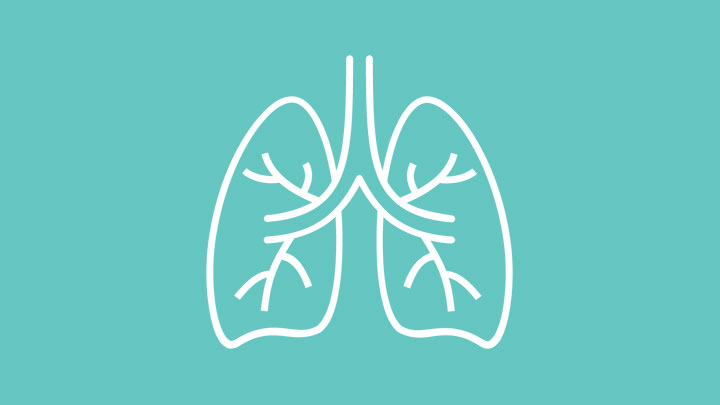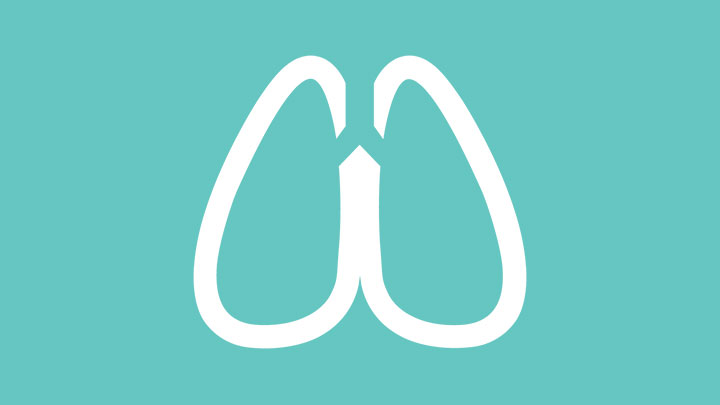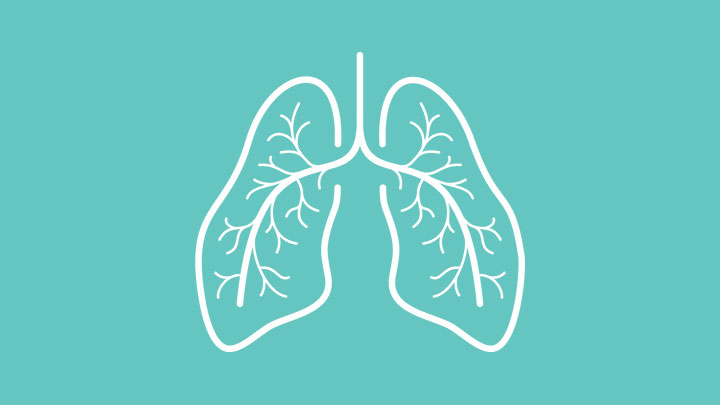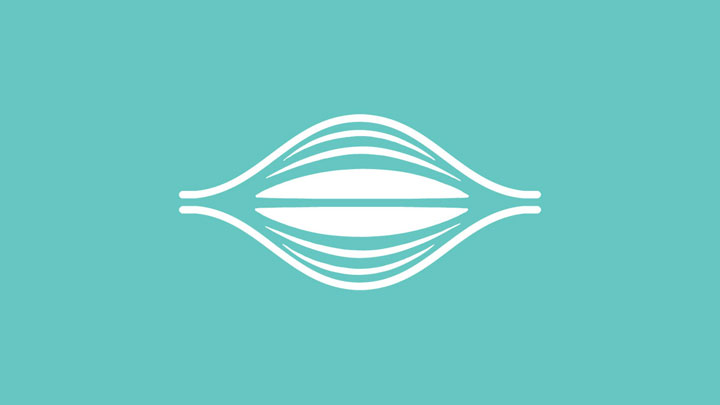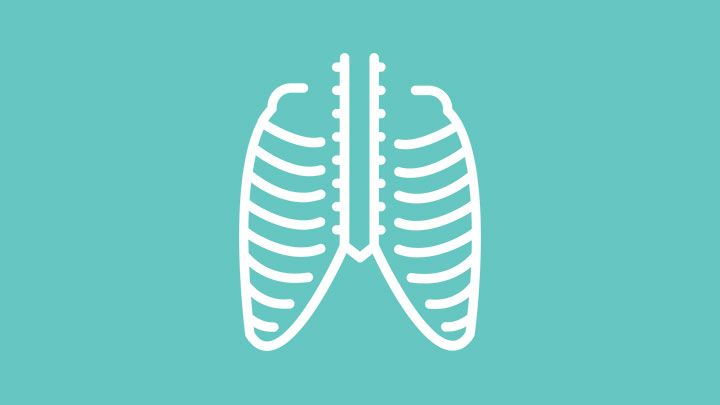Thoracic disorders
The Thoracic and Endocrine Surgery Division at the HUG treats all adults patients with thoracic conditions that require surgery:
- diseases that affect the organs inside the chest, including the lungs, the pleura and the mediastinum. Most of the diseases treated are lung diseases. Less common conditions of the pleura, such as mesothelioma and empyema, are also treated.
- deformities and traumas of the chest wall.
Treatment is customized based on the diagnostic, surgical and post-operative plan. The Division works in close collaboration with the anesthesiologists, pulmonologists, oncologists and other specialists at the HUG to ensure quality as well as patient safety.
Operations on the heart and great vessels are performed at the Cardiovascular Surgery Division.
Surgical techniques
In thoracic surgery, resection (or removal or excision) means removing all or part of an organ. Most thoracic surgeries are now performed using minimally invasive and video-assisted techniques. Thoracoscopy or VATS (video-assisted thoracic surgery) is now a common approach.
Thoracoscopy explores the chest cavity with a camera and surgical instruments. It is used for diagnostic purposes and to perform therapeutic procedures (e.g.: sampling, removal). There are several advantages to this technique:
- Small scars
- Reduced post-operative pain
- Faster recovery of mobility
- Shorter hospital stays
Thoracotomy is when the chest is opened by a larger incision to provide direct access to the lung. This technique is used when it is not possible to use minimally invasive means (thoracoscopy). At the end of the procedure, one or two chest drains are placed in the chest to drain air and fluid.

